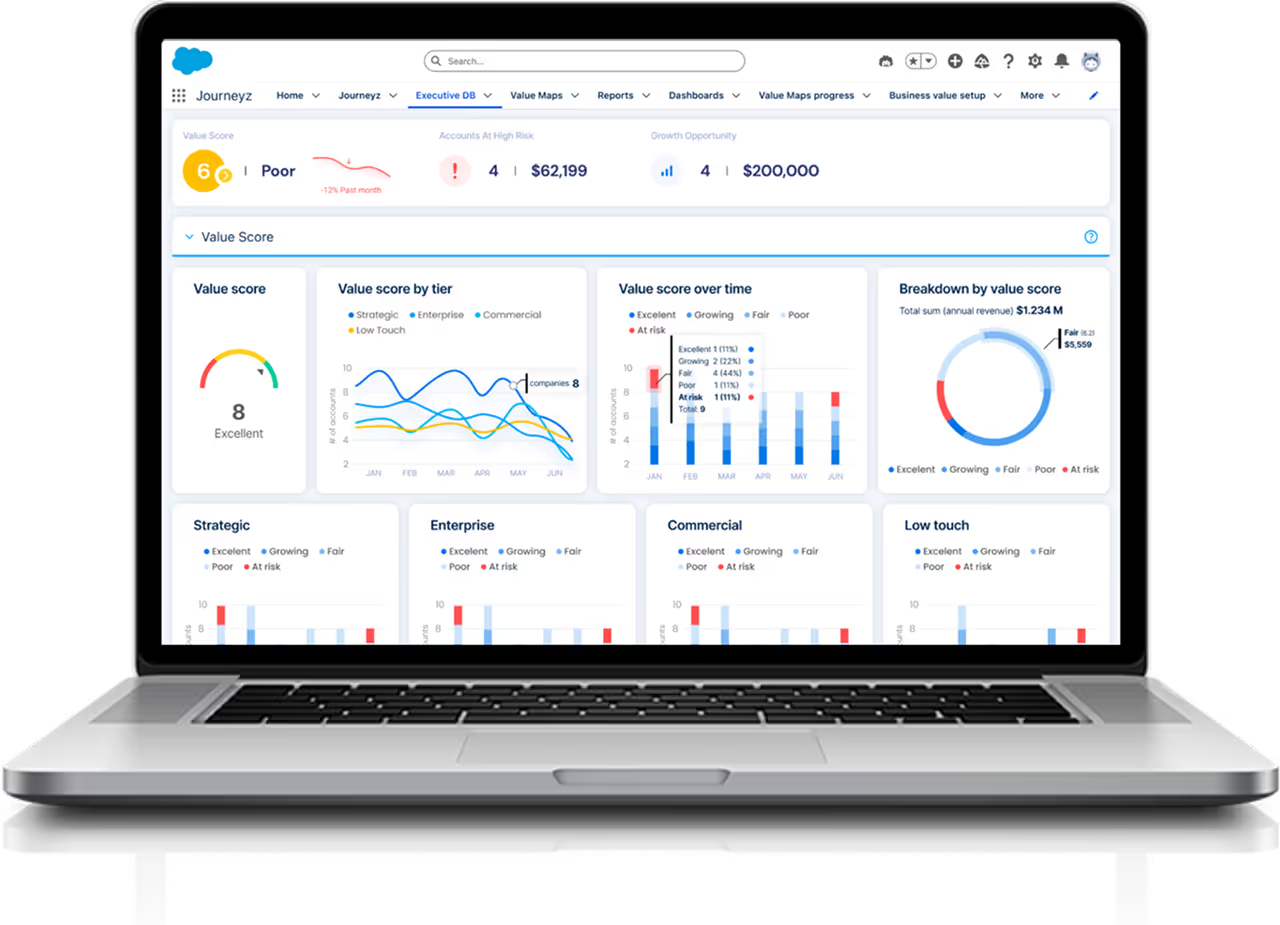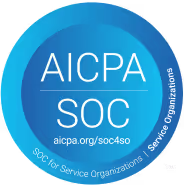Agile Customer Success: A Smarter Way to Deliver Value
Customer success has become one of the most important roles in contemporary SaaS. Its purpose extends beyond support and onboarding. It now assists with driving growth, increasing retention, and demonstrating value to decision-makers and users.


Customer success has become one of the most important roles in contemporary SaaS. Its purpose extends beyond support and onboarding. It now assists with driving growth, increasing retention, and demonstrating value to decision-makers and users.
But most CS teams are still working with the same planning frameworks they set up years ago. These rigid structures tend to rely on long-term success strategies, quarterly reviews, and playbooks. In an environment that is moving fast due to AI, product innovation, and changing customer expectations, outdated frameworks create friction.
Agile approach provides a quicker and more organized alternative to customer success. Instead of constructing and adhering to a fixed plan, agile teams work in an iterative mode. They shift in response to cues from the customer. They experiment with approaches and concentrate on immediate victories.
These victories create momentum over time. This strategy assists businesses in becoming stronger in response to change-and more responsive to what customers really value.
Why Agility Aligns with Customer Value
Customer value is not a static objective. It changes as businesses expand, priorities shift, and user roles enlarge. For example, onboarding features that were most important may be irrelevant halfway through the year.
Likewise, the stakeholder who advocated for the solution at launch might not be the most important decision-maker anymore.
So, basically, it means that the meaning of “value” at any given moment is influenced by business objectives, adoption maturity, and internal context.
Agile customer success provides room for that flexibility. It enables CS teams to re-evaluate value delivery in real-time and constantly keep their efforts realigned with evolving expectations.
Teams can recognize if their actions are needle-moving-on adoption, growth, satisfaction, or engagement through sprints and more frequent measurement of results.
For instance, monthly value measures were introduced by one CS organization in its agile sprint rhythm. Every team started its cycle off with the question: "What does value look like for this account today?" This resulted in quicker course correction when customers tuned out or product fit changed.
It also facilitated trust. Customers had a sense that the attention was apropos to their current situation, not a previous plan from months before.
As McKinsey discusses, firms that shift toward evolving definitions of value are likely to outperform firms that don't, particularly in complex enterprise situations where multiple stakeholders define success.
What Agile Methodology in Customer Success Looks Like
Agile methodology in CS isn’t about adding more tools or meetings. It’s about creating a cadence of learning, delivery, and feedback. Teams define shorter-term goals (often within 2- to 4-week sprints), reflect on what’s working, and refine their engagement strategies as they go.
A typical sprint might include:
- A specific customer outcome (e.g., increasing usage of a new feature by a defined percentage)
- A cross-functional team aligned to the effort (such as CS, product, support)
- A set of clear deliverables to be reviewed at the end of the cycle
- A retrospective to assess blockers and opportunities for improvement
Customer feedback is key to this process. It includes not just stories from calls, but also organized insights. These insights come from usage data, support interactions, and satisfaction signals. Agile CS teams build regular listening rituals into their sprint cycles, using those insights to inform upcoming work.
By aligning more frequently with evolving customer goals, these teams avoid long periods of misalignment and are better positioned to demonstrate value throughout the customer lifecycle.
Agility at scale demands a change in the team dynamics
In order to enable customer success agility, CS teams require more than a new process-they require a mindset shift. Current models tuck responsibility for success planning under the hat of one CSM, with little autonomy and slow escalation channels. Agile CS teams operate differently. They are based on enabled pods, with precise ownership, aligned goals, and quicker decision-making.
Leaders have an enabling role, not a controlling one. Their emphasis is on clearing blockers, bringing insights to the surface, and establishing conditions for adaptation. This involves investing in data infrastructure, aligning incentives to iterative delivery, and redefining success at the sprint level.
Measurement is key here. Effective agile customer success teams do more than run-of-the-mill health scores or NPS-they measure progress at the micro level. KPIs such as time-to-first-value, cohort feature adoption, and sprint outcome completion provide teams with the clarity they need to continually get better.
As per Gartner, organizations who adopt agility in customer-facing roles make use of a larger and more customer-focused list of KPIs. Agile teams measure on average 7.5 success factors compared to 5.9 for non-agile.
AI as an Enabler of Agile Customer Success
Customer success in Agile depends on timely insight-and that’s where AI plays a transformative role. With the right data infrastructure, AI can provide real-time visibility into customer usage, risk indicators, and engagement patterns. It can also help customer service teams predict changes in stakeholder behavior. They can identify important actions based on past results.
For example, instead of using a fixed playbook, a team can use an AI assistant. This assistant can suggest the three most important next steps for a customer based on their current situation. This could include nudging inactive users, recommending training resources, or flagging value gaps ahead of a renewal.
AI can also streamline sprint planning. Some teams use AI to summarize support tickets. They cluster customer pain points and extract insights from QBR notes. This reduces prep time and brings more detailed inputs into agile retrospectives. The most advanced AI systems can even track changing customer business objectives and surface personalized recommendations aligned with those evolving goals.
The combination of agile workflows and AI makes it possible to move faster without losing clarity. It allows CS teams to stay proactive without being overwhelmed, and to scale personalization across a growing customer base.
Building Agile CS Structures Without Losing Control
Agile methodology in CS is often misinterpreted as chaotic or unstructured. In reality, it’s disciplined, with clear workflows and strong accountability. But it replaces rigidity with responsiveness.
This structure might include:
- Sprint goals mapped to the customer lifecycle (onboarding, adoption, maturity, expansion)
- Weekly stand-ups to share blockers and adjustments
- Lightweight tooling (e.g. Trello, Asana, Notion) to track deliverables
- Shared dashboards that align product, CS, and support on joint sprint outcomes
Not all motions need to be agile. Compliance reporting, account audits, and some renewal processes may require fixed workflows.
For activities related to ongoing engagement and growth, agile methods in customer success help teams work better. This approach is especially useful when considering customer context. It allows teams to operate with more clarity, speed, and relevance.
Customer Success Agility Drives Long-Term Impact
Customer success doesn’t benefit from predictability in the same way as finance or operations. It thrives when teams are prepared to respond-thoughtfully and efficiently to shifting priorities and emerging risks.
Agile customer success gives teams a structured rhythm for doing exactly that. It reduces reliance on assumptions, encourages experimentation with measurable outcomes, and strengthens collaboration across the business. When paired with the right data and AI support, it also becomes scalable.
As the meaning of customer value changes, agile methods in customer service help us keep up. This approach is intentional, not just reactive.
FAQs
What is agile customer success?
Agile customer success is a method where customer success teams work in short cycles. These cycles focus on results and let teams change based on customer feedback. This approach helps them provide value more consistently.
How is agile methodology used in customer success?
CS Teams implement agile methodology through sprints, frequent feedback loops, and cross-functional collaboration. Teams track progress against customer outcomes and refine their plans in real time.
Can agile methodology in CS be used for enterprise customers?
Yes. Agile structures are particularly effective in large, complex accounts where value needs to be reassessed and realigned frequently.
What role does AI play in enabling agile CS?
AI can help teams identify engagement patterns, predict risk, recommend actions, and surface insights that improve sprint planning and execution.
Ready to Start your Journeyz?
Transform your customer retention and expansion strategies with the industry’s first Customer Value Platform.

.svg)


.svg)
.webp)




